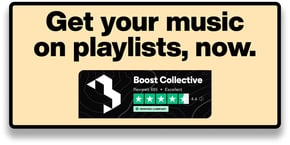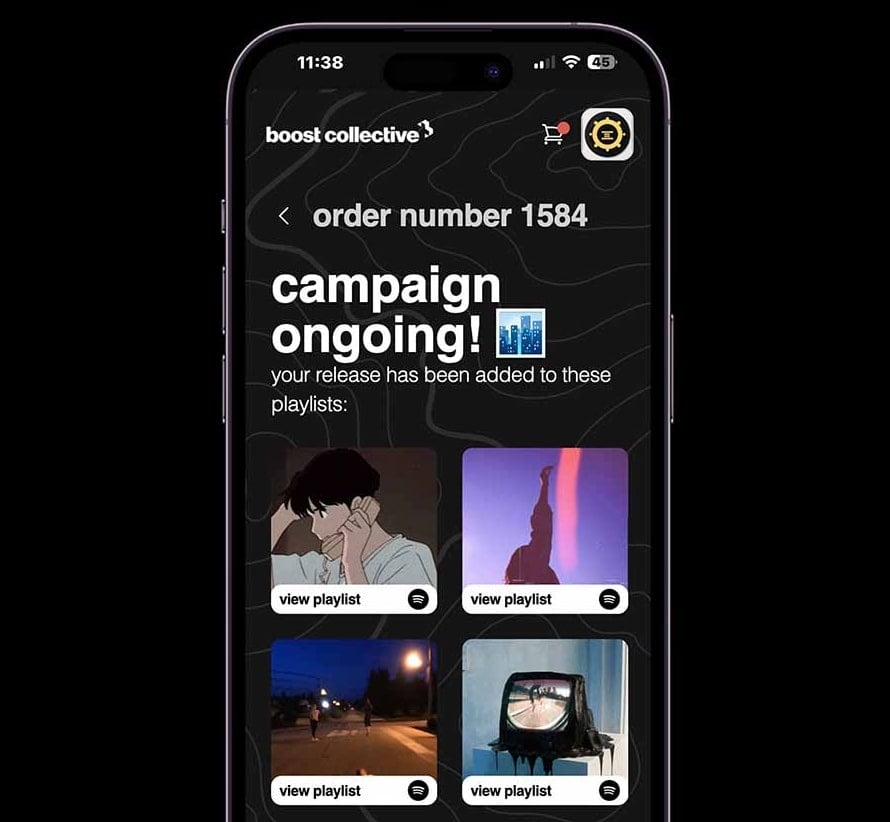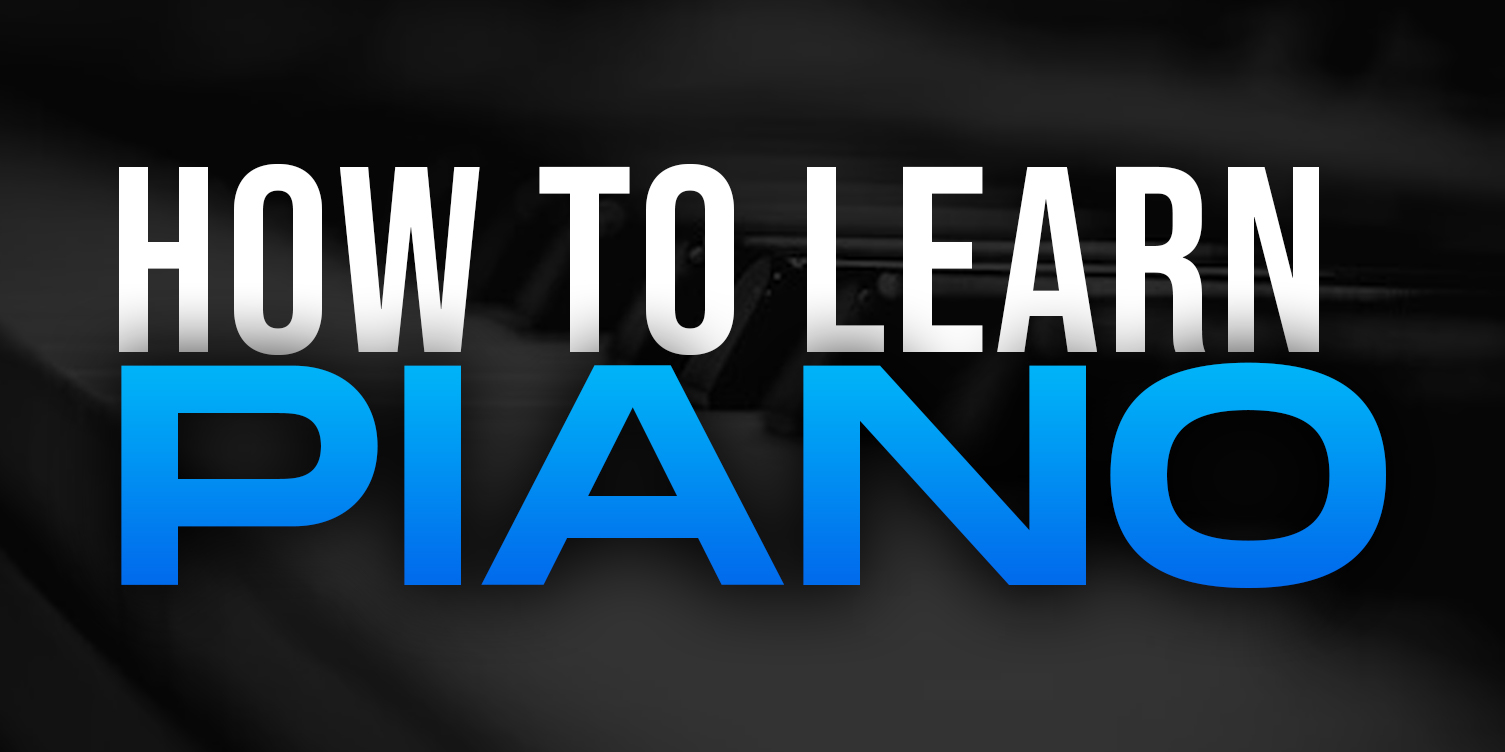
Learning piano is a fulfilling endeavor and can be a great start to your musical journey. If you're looking to play classical music, pop, jazz, or even hip-hop music, the piano is a great tool! It doesn't matter if you learn piano as an adult, take online piano lessons, or you're five years old.
This comprehensive guide will take you through the steps of learning piano, including choosing equipment, and basic techniques, playing your first melodies, reading music, setting goals, and staying motivated.
Adult learners, listen up! If you've never played piano in your entire life, you can still get something out of this blog!
Want to get your music on active & relevant playlists that actually get results?
Get your music heard now 👇
Boost Collective is the #1 trusted source of music distribution for artists - You can protect your content and earn royalties whenever it is being used. Enjoy!
Introduction
Playing the piano is a great way to improve your musical skills and creativity. Many people want to learn to play the piano but don't know where to start. In this guide, we'll take you through a comprehensive breakdown of the process of learning to play piano.
You don't have to be a music theory genius to learn this! Whether you're a beginner or an intermediate player, you'll find valuable information to help you achieve your goals.
Choosing Equipment
Before you start learning to play the piano, you need to choose the right equipment. A piano or keyboard is essential, and you'll also need a stand, a bench or chair, and a pedal.
There are several things to take into account when considering purchasing a piano to make a wise choice. First and foremost, it's crucial to take into account the brand's reputation. Reading customer reviews can give you information about a brand's dependability and quality.
The piano's motion style is a further crucial consideration. This describes how playing the keys makes them feel. Because it closely resembles the feel of an acoustic piano, hammer action is the best and most expensive alternative. Weighted action includes incorporating weights into the keys to simulate the action of a genuine piano. Spring-loaded action and weights fastened to the keys are combined to create semi-weighted movement.
Knowing how a piano operates mechanically is also beneficial. A hammer is activated by a series of complex levers that are activated when a key is pressed. Depending on the pitch of the note, the hammer may strike one or more strings, producing sound.
In general, while choosing piano equipment, being aware of the brand's reputation, the type of action, and the mechanics of a piano can help you make an informed choice.

Choosing a Piano
If you're looking for a piano, consider an acoustic or digital piano. Acoustic pianos are more expensive, but they provide a more authentic playing experience. Digital pianos, on the other hand, are less expensive and easier to move. They also offer many features that acoustic pianos don't, such as different sounds and recording capabilities.
Although selecting a piano might be difficult, being aware of several important characteristics can help.
Choose the piano's model: Acoustic, digital, and electric keyboard pianos are the three basic types available. Pianos that are hybrids now fall into a fourth category. Acoustic pianos with electric components integrated are known as hybrid pianos.
Think about the number of keys: The 88 keys of a full-size piano keyboard cover seven octaves and three additional notes. Do this if you want to play the piano as accurately as possible:
Consider the sort of key action: A digital keyboard's playing experience can change depending on the key action. The most expensive and highest-quality keyboard option, hammer action feels almost exactly like an acoustic piano. To simulate the sensation of a genuine piano, weighted action pianos have weights incorporated into the keys. Spring-loaded action and weights fastened to the keys are combined to create semi-weighted movement.
While selecting an acoustic piano, pay attention to the tone. Play the instrument to ascertain whether you like the sound. As this is a personal preference, think about whether you prefer a brighter or a mellower tone. A nice piano tone is often rich and round.
Find out about the brand's reputation. Brand reputation has a big impact on the piano's quality. Review customer testimonials to learn what they think. This will provide you a better understanding of the company's dependability and assist you in selecting the appropriate model from a reputable brand.
The number of keys, the style of key action, the sound, and the reputation of the brand are all significant elements to take into account when choosing a piano.
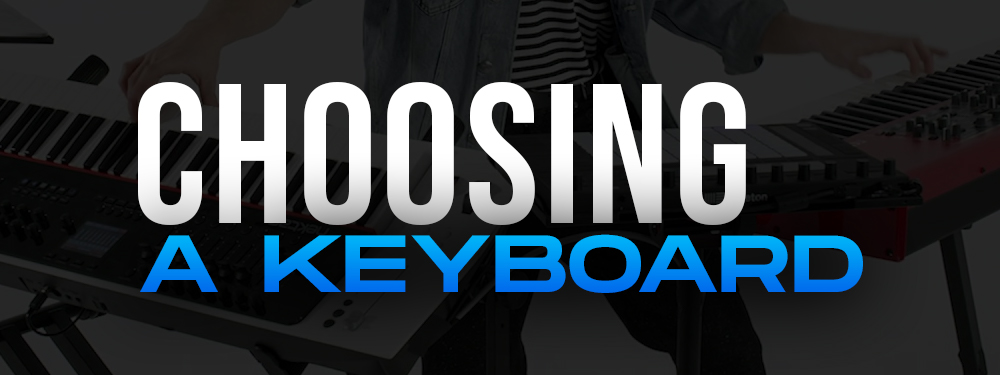
Choosing a Keyboard
If you're looking for a keyboard, you'll want to consider the number of keys, touch sensitivity, and built-in features. A full-sized keyboard with touch sensitivity is ideal for beginners, as it mimics the feel of a traditional piano. This will impact your piano technique & practice routine as a kid, or adult piano student.
There are several things to think about while purchasing a keyboard. Important considerations include the key's size and weight, sound features, and switch design.
Best Mobile Apps For Musicians!
A keyboard with full-size, weighted piano keys is perhaps the finest choice for people who want to learn how to play the instrument. On the other hand, beginners who are interested in electronic music could prefer keyboards that have more sound functions but smaller, unweighted keys.
Regarding the type of switches used, some keyboards have simple silicone dome switches while others include scissor switches, which might improve typing. The variety of sound possibilities offered by the keyboard should also be taken into account.
Also, there are several keyboard designs to pick from, including mechanical, membrane, and hybrid keyboards. Research is essential to select the type that best suits your needs because each type has advantages and cons of its own.
Finally, before making a purchase, it is worthwhile to look into keyboard specials and discounts. A large selection of keyboards with various costs and functions are available from several internet vendors.

Basic Techniques
To learn the piano, you need to start with the basics. This includes learning the keyboard layout, playing scales, and building chords.
You don't need a music education degree, just embrace the learning process! Adult beginners often struggle as piano students because they don't give themselves enough time to learn!
Basic piano skills must be learned with a methodical approach and regular practice. Here are some instructions and tools to aid your education:
Learn to know the keyboard: Get to know the keyboard by becoming familiar with the notes and their locations.
Do finger exercises: For piano playing, developing finger independence and strength is crucial. YouTube and other internet resources have finger technique drills that you can use.
Knowing note values, rhythm, and tempo is essential for playing music correctly. Learn note values and timing. To learn these ideas, search online for resources or think about enrolling in piano lessons with a trained instructor.
Playing the piano requires the ability to use both hands, so practice using both hands. Online courses and exercises are available to help you get better at this ability.
Reading sheet music is a requirement for playing the piano. You may find thorough guidelines to teach yourself how to read music on websites like Flowkey and others.
Keep in mind to practice regularly and take things slowly. You can master the fundamentals of piano playing and start playing your favorite songs if you put in the time and effort.
Navigating the Keyboard
The piano keyboard is made up of white and black keys. The white keys are labeled with letters from A to G, and the black keys are in between. The keys are arranged in a repeating pattern, with groups of two and three black keys.
Submit Your Music To Sirius XM!
Playing Scales
Scales are a series of notes played in a specific order. Practicing scales can help you develop finger strength and dexterity.
Start with the C Major scale, which is made up of all white keys. There are a few methods and suggestions you can use to improve your scale playing on the piano.
First, it's crucial to comprehend how each hand's scales and fingerings are organized. To play a major scale, for instance, you would start on C and play each white key until the next C, following the pattern of whole steps (W) and half steps (H), which is W-W-H-W-W-H.
Another piece of advice is to begin with the major scale and move slowly. Before trying to play it with both hands, practice with each one separately. You can move on to other scales, such as the minor scale or chromatic scale, once you have mastered the major scale.
To increase your speed and accuracy, you can practice playing scales in various octaves and tempos. It can also be beneficial to practice scales and arpeggios, the notes that make up a chord. You may strengthen your fingers and improve your hand-eye coordination by doing this. To test yourself and advance your playing abilities, you can also employ drills like performing scales in the thirds or sixths.
In general, practicing frequently and utilizing various methods to push yourself and advance your abilities are keys to becoming better at playing scales on a piano.
Building Chords
Chords are made up of three or more notes played together. They're the foundation of most music, and learning to play them is essential.
Start with simple chords, such as C Major and G Major.
Playing Your First Melodies
Once you've learned the basics, you're ready to start playing melodies. Start with simple songs, such as "Mary Had a Little Lamb" or "Twinkle, Twinkle, Little Star." Use the skills you've learned to read the music and play the correct notes.
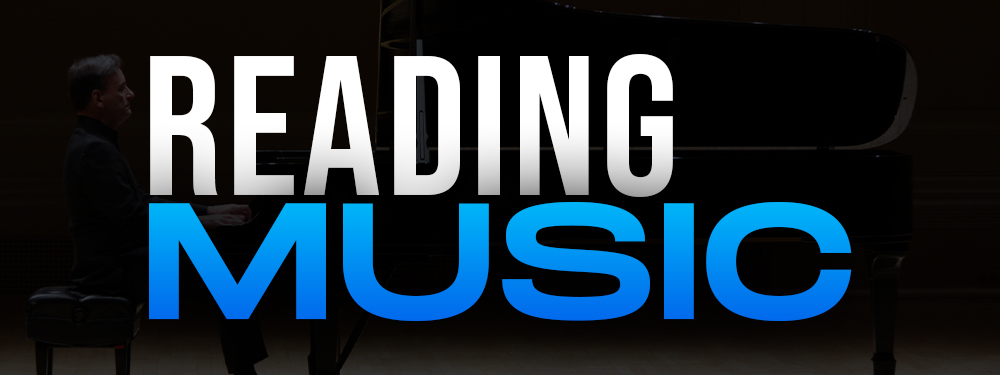
Reading Music
Reading music is an important part of learning the piano. You need to be able to read the notes on the page and translate them into playing the correct keys. This includes understanding rhythm, dynamics, and tempo.
Being a better pianist requires developing your ability to read music.
Use a variety of techniques: When playing music, pianists use a variety of methods, including legato, staccato, slurs, accent, and tepee. Practice each technique individually to become proficient at playing them, then combine them to raise your level of proficiency.
Learn the scales, chords, and key signatures by heart: Recognizing these patterns in music and improving your sight-reading skills are made possible by understanding these factors. To become familiar with them, practice playing them in various keys.
Know the two treble and bass clefs well! It takes time and repetition to become adept at sight-reading. Consider spending a few minutes each day working on your sight-reading skills. As you get more proficient, try spending longer periods of time on it.
Finding trouble spots: As you practice, pay attention to the areas of a piece that are the most difficult for you. Divide them into smaller pieces and work on each component separately until you can play them with assurance.
Utilize a metronome to maintain a constant tempo while practicing. You'll be able to build timing and rhythmic abilities as a result.
You may develop your ability to read music and become a better pianist by using these suggestions and frequent practice.
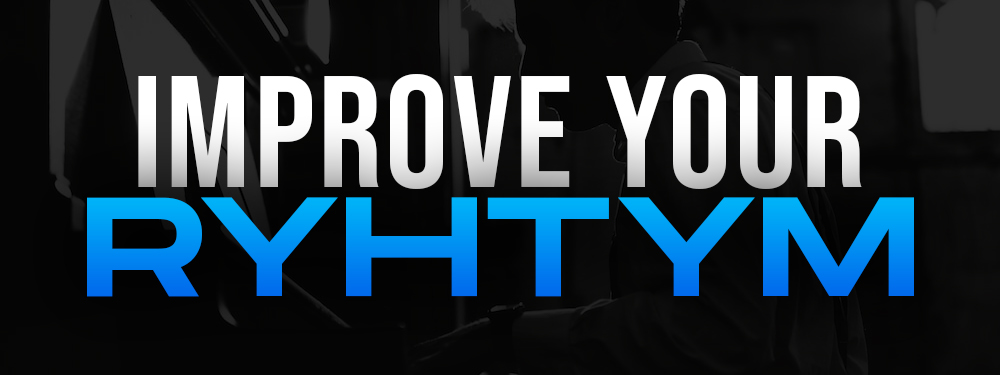
Understanding Rhythm
Rhythm refers to the pattern of notes and rests in a piece of music. It's important to understand rhythm so you can play the correct notes at the right time. Start by practicing simple rhythms, such as quarter notes and half notes.
Developing your rhythmic sense is crucial to being a proficient pianist.
Writing the notes out with a pencil and paper is one technique to establish a feeling of rhythm in notation. You can visualize and internalize the music's rhythm with the aid of this technique.
Clap or tap along with the music to keep the beat:
Before you start playing, you can keep the beat by clapping or tapping together with the music. If you are playing with both hands while practicing with one hand, tap the rhythm of both hands simultaneously. If you are practicing with one hand, clap along to that hand's line.
Keep in mind that learning rhythm requires time and practice.
You can develop your rhythmic abilities and become a better pianist by implementing these suggestions and resources into your daily practice schedule.

Understanding Dynamics
Dynamics refer to the volume of the music. Understanding dynamics can help you a ton!
A vital component of learning how to play the piano is comprehending dynamics.
Dynamics is a term used to describe how an instrument's sound varies in volume and intensity. Here are some actions you may take to better your piano playing and comprehend dynamics:
Learn about the historical period and musical genre you are playing.
Understanding the background of the music might help you choose the right dynamics because different musical eras have different approaches to dynamics.
Instead of only using finger weight to create dynamics, use arm weight. You can create a fuller and more complex tone by controlling the force with which you strike the keys by employing the weight of your arms.
Make frequent recordings of yourself to analyze your playing. You can use this to pinpoint places where your dynamics require work.
You can check your pianissimos and fortissimos, for instance, to see if they are too flimsy or harsh, respectively.
Recognize and understand the dynamics indications on sheet music. These markings, which are typically in Italian, specify how loud or soft to perform a specific musical passage. Understanding these symbols will enable you to perform the piece as the composer intended.
Promote Your Music On Apple Music!
Finding another keyboard player and soliciting their opinion may be helpful if you are learning the piano on your own without an instructor to provide direction.
Keep in mind that learning dynamics requires time and effort, so be persistent and patient.
Best Piano Apps
These days, you don't necessarily need a piano teacher to get good piano! Although we believe it would be extremely beneficial if you did.
Learning to play the piano is a rewarding experience, and there are several apps available to help beginners get started. Here are some of the best apps for learning how to play the piano:
Flowkey
With video tutorials, interactive lessons, and hundreds of songs, Flowkey offers a complete piano learning experience for beginners and advanced players alike.
Yousician
This app offers lessons for several instruments, including the piano. Yousician provides feedback as you play, making it a great choice for beginners. The free version includes limited access, but the paid version offers more content.
Simply Piano
Chosen as one of the best iPhone apps in 2015, Simply Piano is a fun and fast way to learn how to play the piano. The app uses your device's microphone to detect your playing and gives instant feedback. Simply Piano offers both free and paid versions.
Skoove
This app offers personalized lessons and tracks your progress as you learn. Skoove offers lessons for beginners and advanced players and provides feedback on your playing. The app is free to download, but there is a subscription fee for full access.
Piano Marvel
Piano Marvel offers a comprehensive piano learning experience, with lessons for beginners and advanced players. The app includes features like sight-reading exercises and a library of sheet music. The app is free to download, but there is a subscription fee for full access.
Conclusion
These apps offer a great way to get started with learning to play the piano and can provide a lot of value for beginners and experienced players alike.
Get your music on playlists now.
It’s time you get your exposure and listeners up - playlisting by Boost Collective has been trusted by 50,000+ artists worldwide.
It’s easy: Search your song, get on playlists, and track your campaign.
What’re you waiting for? Tap in - and get added to playlists in 24 hours.
Join Boost Collective for free here.
